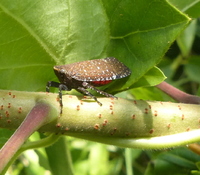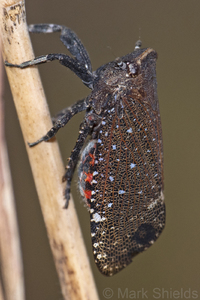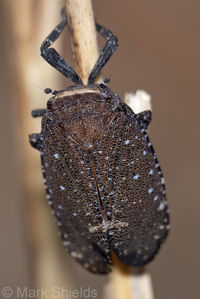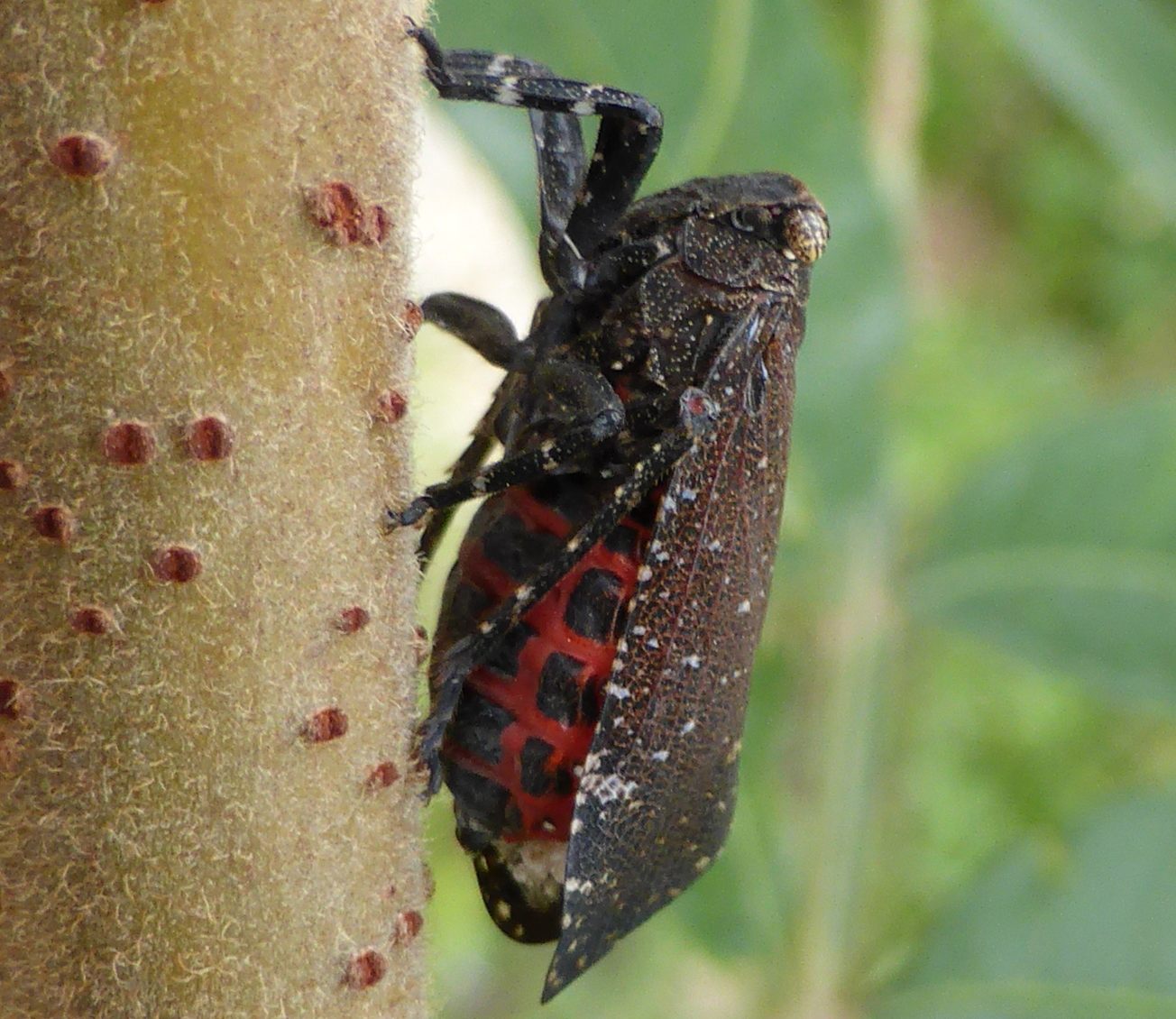|
|
|
|
Species Photo Gallery for Poblicia fuliginosa No Common Name |
 | Photo by: F. Williams, S. Williams
Gates Co.
Comment: MEMI |  | Photo by: Mark Shields
Onslow Co.
Comment: |
 | Photo by: Mark Shields
Onslow Co.
Comment: |  | Photo by: Mark Shields
Onslow Co.
Comment: |
 | Photo by: Mark Shields
Onslow Co.
Comment: |  | Photo by: Steve Hall
Bladen Co.
Comment: |
 | Photo by: F. Williams, S. Williams
Gates Co.
Comment: MEMI - On winged sumac |

 »
»


 »
»
